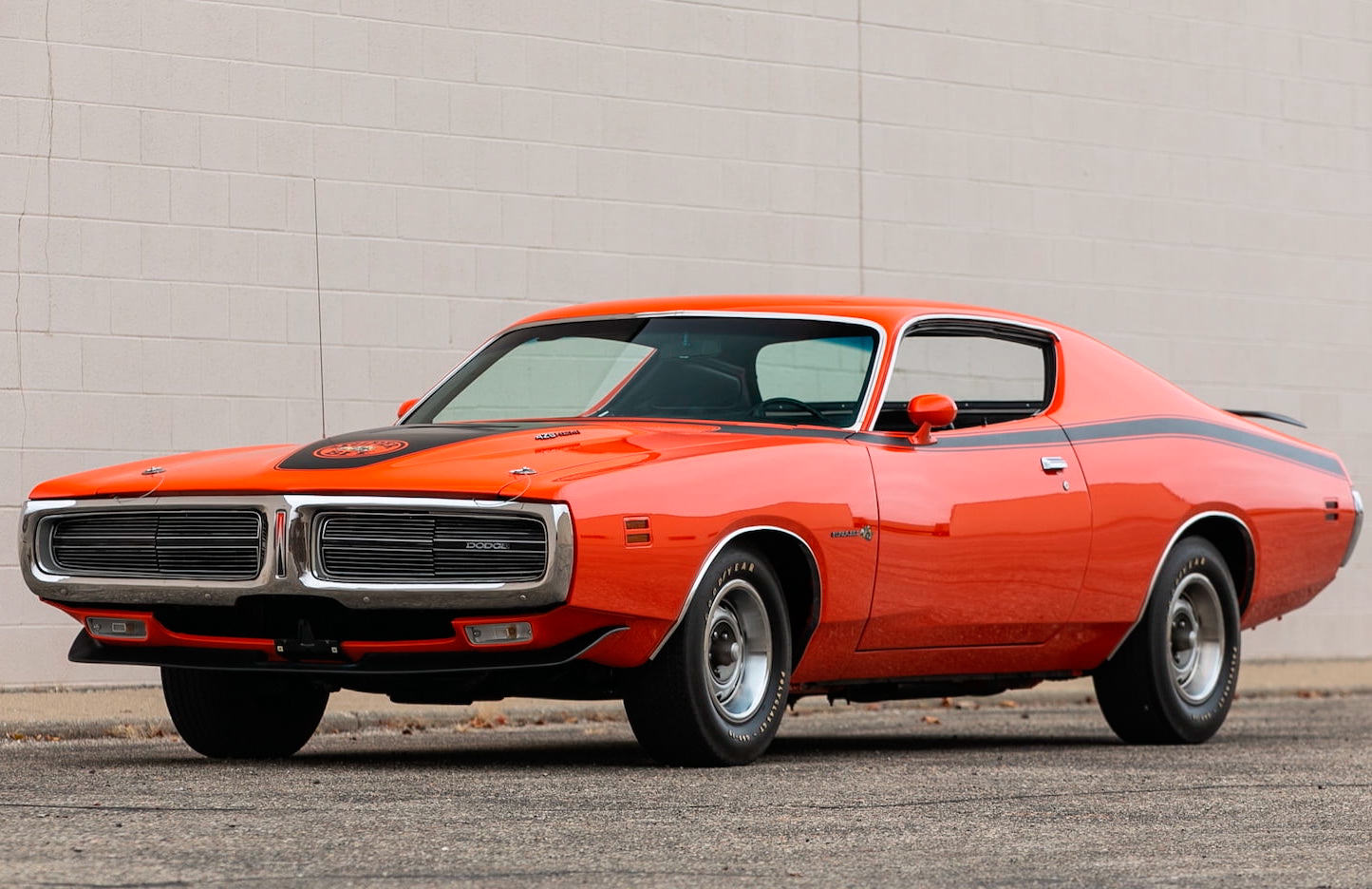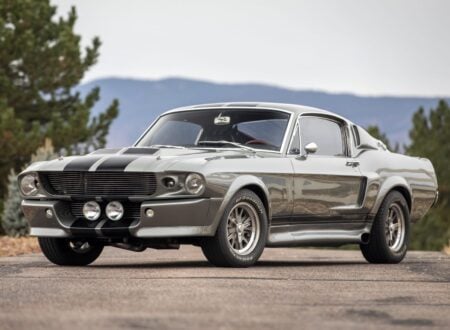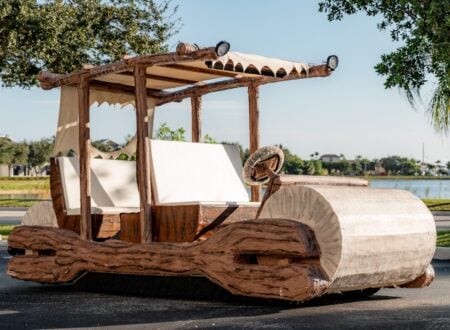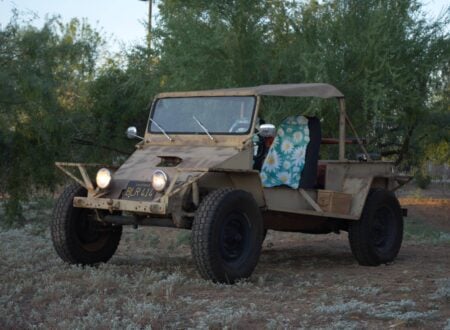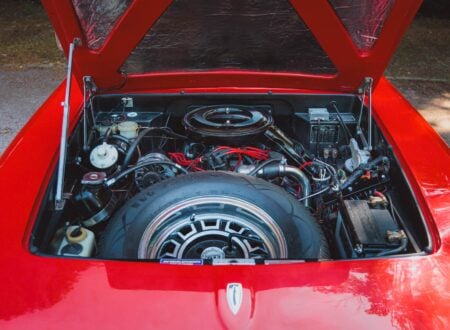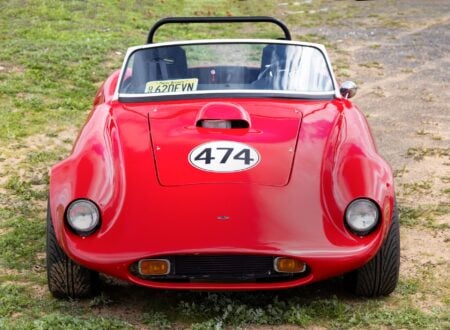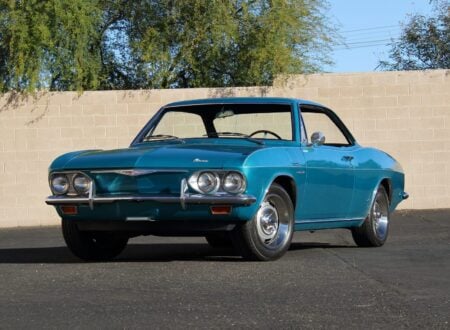This is one of just nine examples of the 1971 Dodge Hemi Super Bee that were made, as the name suggests power is provided by a Hemi, in this case a Chrysler Hemi V8 with a displacement of 426 cubic inches that produces a hefty 425 bhp.
1971 would be the final year for the Dodge Super Bee series that had started in 1968 as an answer to the popular Plymouth Road Runner. The nameplate would be resurrected years later in 2007 on the Dodge Charger SRT-8 platform and it would remain in production until 2014.
Fast Facts – The Dodge Hemi Super Bee
- The Dodge Hemi Super Bee is one of the more desirable of the late 1960s, early 1970s American V8 muscle cars. The series was named for the Chrysler “B” Body platform it was based on, and the Hemi version was by far the most powerful.
- The Super Bee was named by Harvey J. Winn, a senior designer at Dodge. It was developed under Dodge Division General Manager Robert McCurry who wanted a car to compete with the Plymouth Road Runner and win Dodge some sales.
- The Dodge Super Bee was originally sold over two generations, the first from 1968 to 1970 which was based on the Chrysler B platform of the time, the second was produced in 1971 on the updated Chrysler B platform and it was only offered for a single year.
- The car you see here is an original factory-built Dodge Hemi Super Bee from 1971, it’s 1 of just 9 made that year, and it’s noted as being one of the most highly optioned 1971 Hemi Super Bees known to exist.
The Dodge Super Bee
As the 1960s progressed it became increasingly clear that Dodge was going to need a new halo muscle car, and the wild popularity of the Plymouth Road Runner only confirmed it. Dodge Division General Manager Robert McCurry got approval for a new V8 based on the Chrysler “B” Body platform and an internal competition was held to find a suitable name.
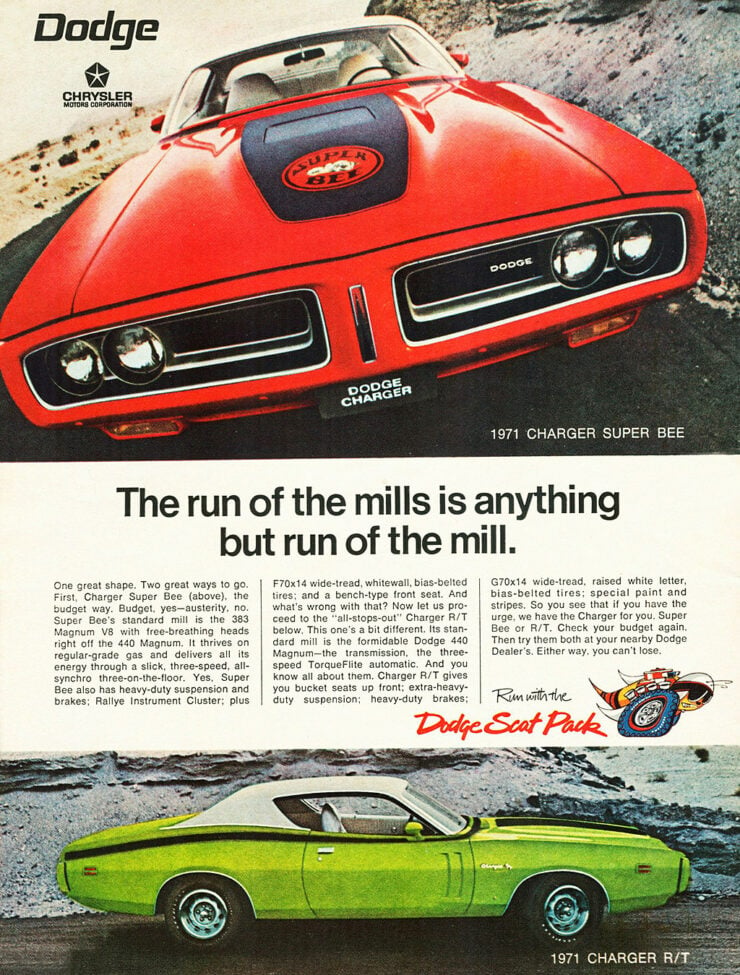

The winning entry came from Harvey J. Winn who was a senior designer at the company, his suggestion was brilliant in its simplicity – he named it the Super Bee, a reference to the “B” Body platform and the intended “super” performance that the car would have. Sadly there’s no record of what he won as a prize.
Using a well-known preexisting platform vastly accelerated the development of the Super Bee, the design was somewhat influenced by the 1968 Coronet convertible, and the Super Bee was first introduced at the 1968 Detroit Auto Show.
The styling of the Super Bee included larger rear wheel openings, the famous “bumblebee tailstripe,” an uprated grille, some additional taillight ornamentation, and a series of diecast “Super Bee” medallions with a design influenced by the Dodge “Scat Pack” Bee medallion.
The dash cluster for the new model was borrowed from the Dodge Charger and the cars ordered with the 4-speed manual transmission were fitted with a Hurst Competition-Plus shifter with the Hurst linkage. They also received heavy-duty suspension and high-performance tires.
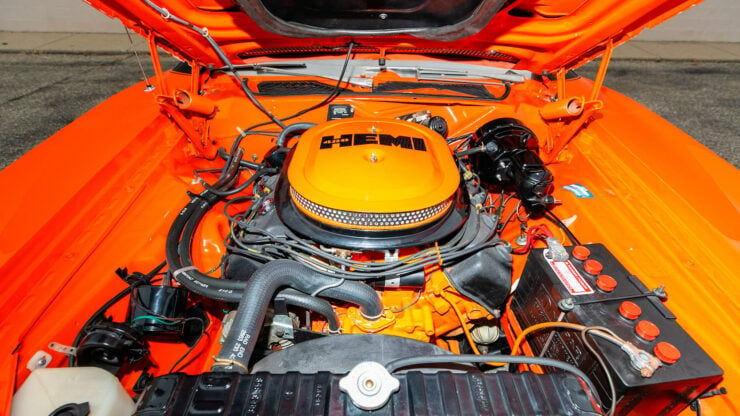

The Dodge Hemi Super Bee
Initially there were two engine options for the Super Bee, the most commonly chosen was the 383 Magnum V8 which was good for 335 bhp. Performance-oriented buyers could opt for the 426 Hemi V8 – it added 33% to the vehicle’s MSRP but it also offered 425 hp at 5,000 rpm and 490 lb ft of torque at 4,000 rpm.
Over the next two years the Super Bee received a number of design updates as well as additional engine options, however the Hemi remained the king of the hill for people who wanted the most power and the most speed.
1970 would be the final year for the original Super Bee series, it was replaced with the newer Super Bee for 1971 that was based on the new B Body platform, and as with the earlier cars it was offered with the 426 Hemi as the top-of-the-line engine.
After 1971 thew model was discontinued for decades, another victim of increasing pressure on muscle car manufacturers and ever increasing oil prices. In 2007 Dodge brought back the Super Bee based on the more modern Charger SRT-8 platform, and it remained in production for seven years until 2014.
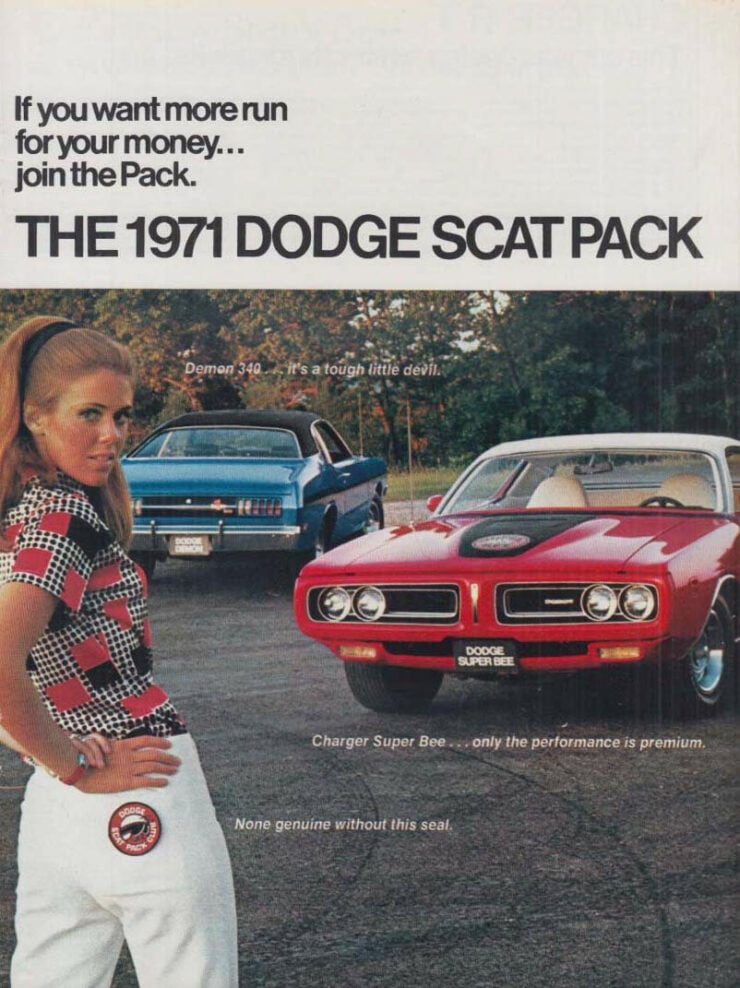

Although the Dodge Hemi Super Bee has never been as famous at the Plymouth Road Runner which inspired it, the model does command a loyal following and its extreme rarity means that it also commands hefty prices at auction.
Just 291 first generation Super Bees came with the 426 Hemi option, and there’s some debate about how many 1971 cars came with the motor – some say 22 and some say just 9.
The 1971 Dodge Hemi Super Bee Shown Here
The car you see here is historically significant for a number of reasons – it’s one of the most highly-optioned 1971 Hemi Super Bees known to exist, it’s one of the claimed 9 Hemi Super Bees made in 1971, and importantly it retains its original numbers matching drivetrain.
This car came from the factory with with A34 Super Track Pak option, power brakes with front discs, a Ramcharger hood with hood pins, a Hurst Pistol Grip shifter, front and rear spoilers, rallye wheels wearing Goodyear G60-15 Polyglas GT tires, and a push button Multi-Plex AM/FM radio.
This Super Bee was sold new through Mr. Norm’s Grand Spaulding Dodge and it comes with the window sticker, invoice, retail order form, bill of sale, shipping document, and record envelope.
It’s now due to roll across the auction block with Mecum in mid-May and you can visit the listing here if you’d like to read more about the car or register to bid.
*Editor’s Note: This story got a lost in the publishing queue and as a result we missed the auction date by a little over a week.
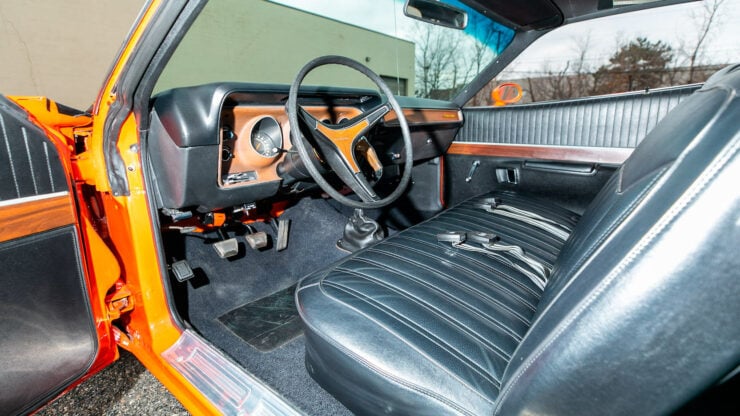
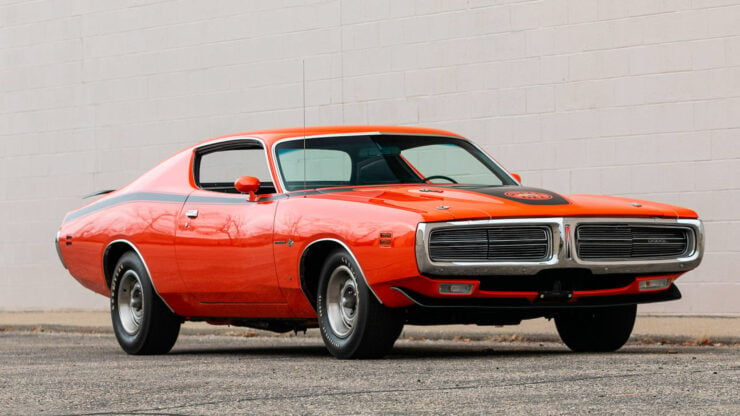
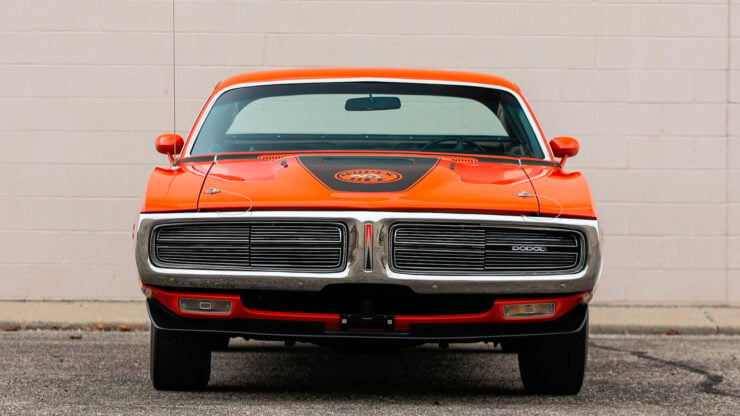
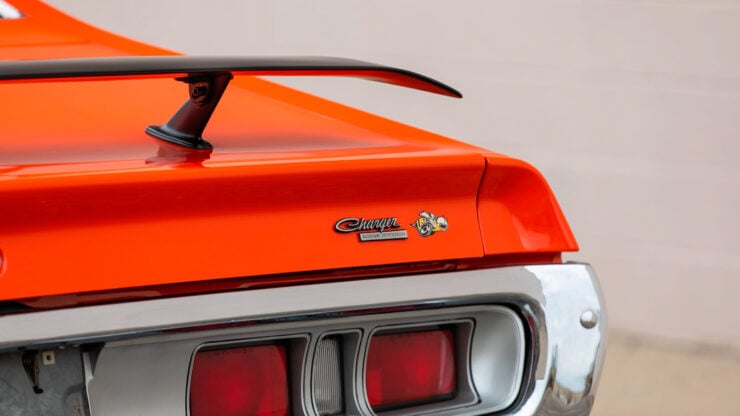
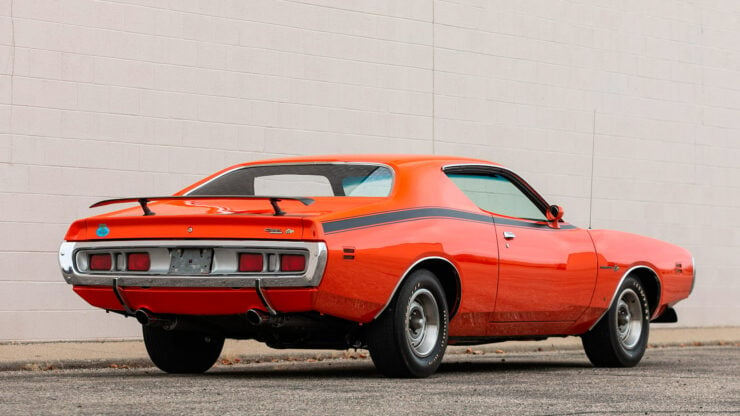
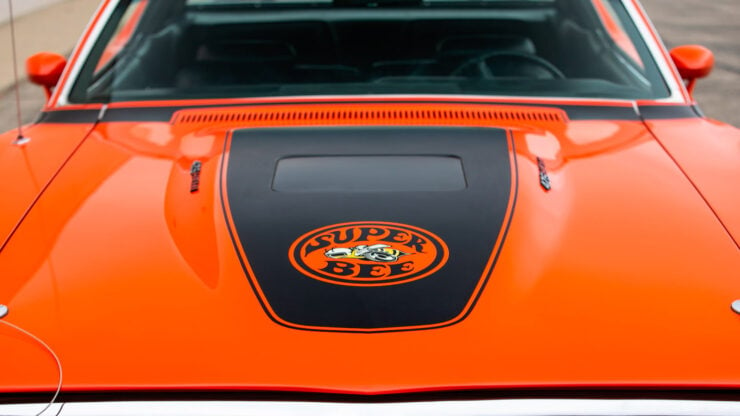
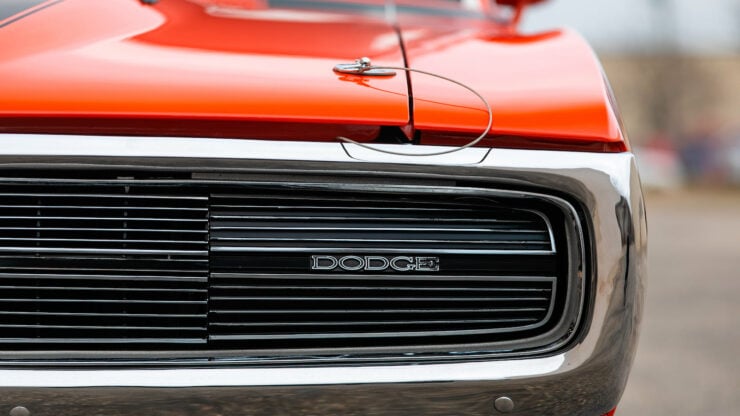
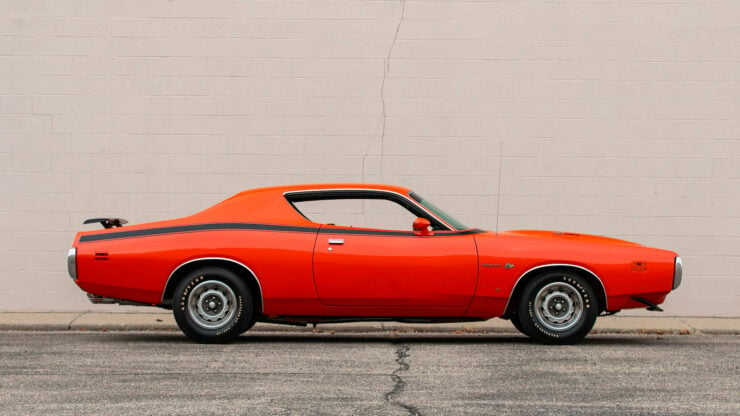
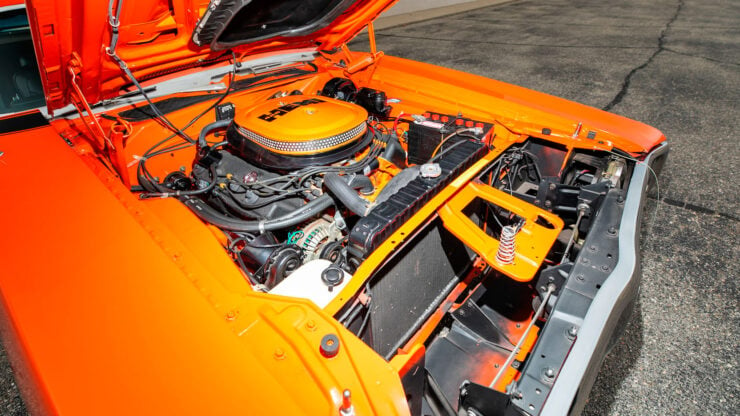
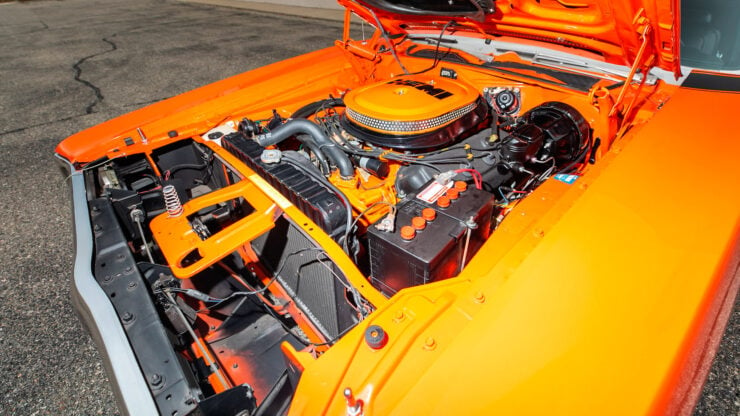
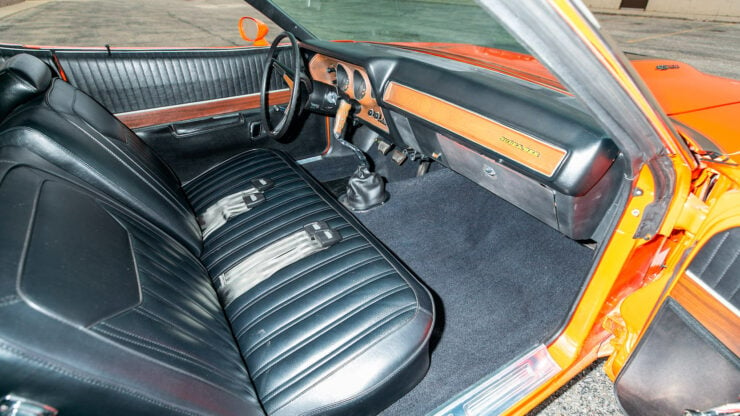
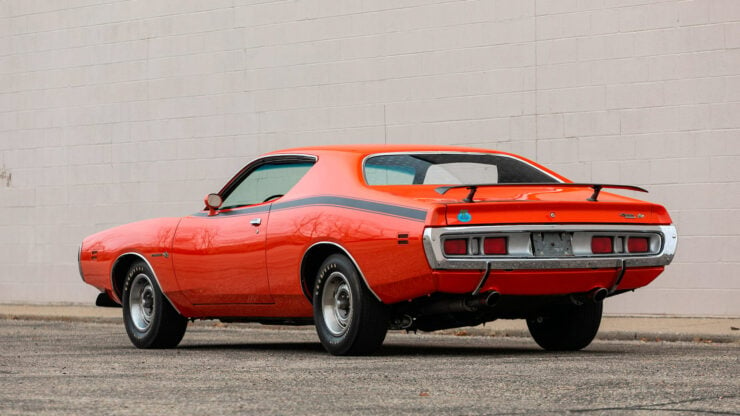

Images courtesy of Mecum

